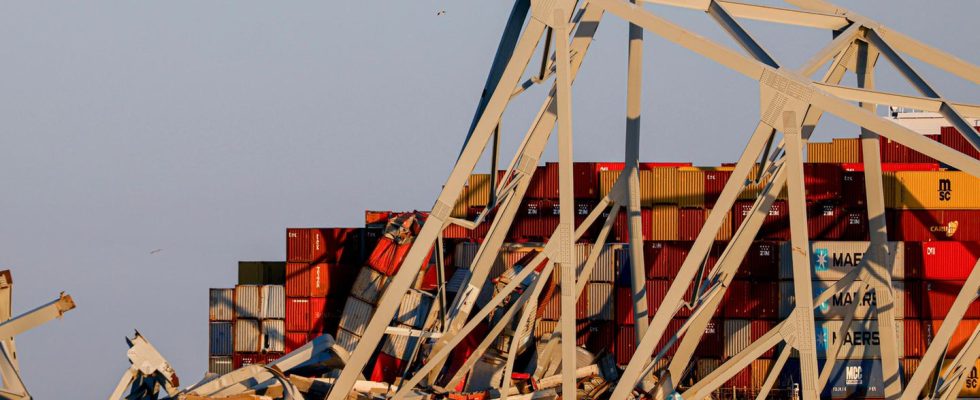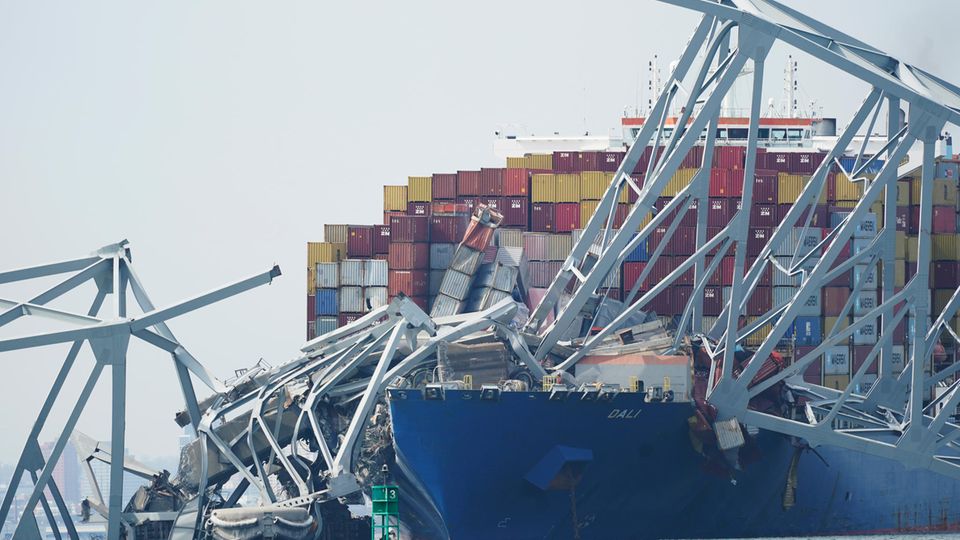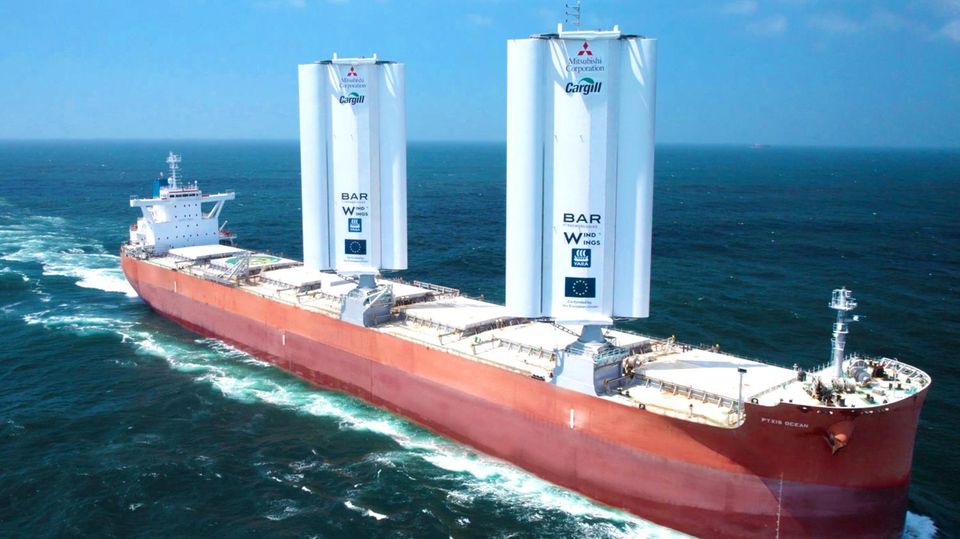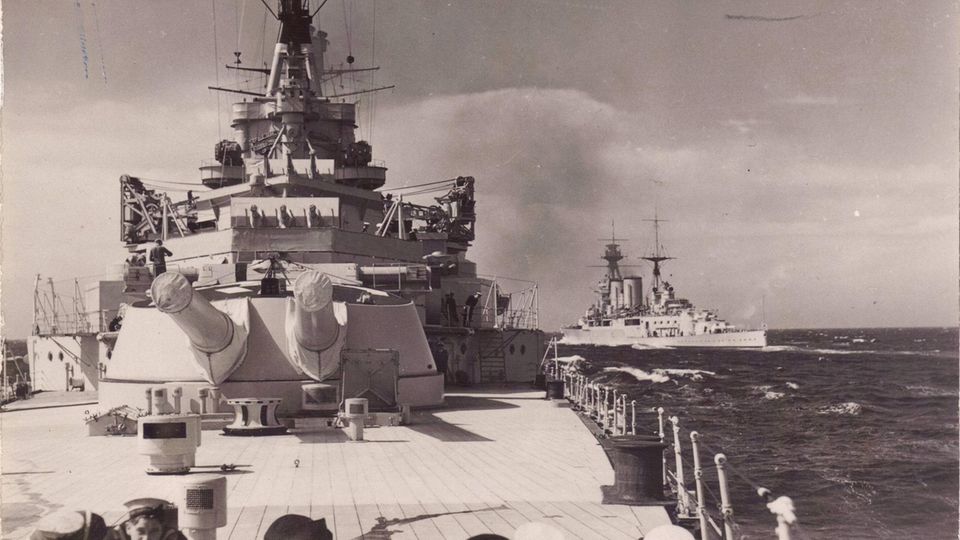The container ship “Dali” rammed and destroyed the Francis Scott Key Bridge on March 26th. The damage is in the billions, six people died. Now the question arises as to how this could have happened.
The accident happened out of the blue; neither storms nor third-party influence led to the accident in which the container ship “Dali” rammed the bridge in Baltimore, USA, causing the bridge to collapse. The images went around the world and six people died. There are increasingly larger container ships sailing the world’s oceans, oil tankers have been joined by gas tankers, and cruise ships with thousands of people on board. The investigation of the “Dali” will also provide information about how safe these ships are.
The Baltimore disaster was a series of mistakes
Results of the official investigation are still awaited. Video footage from the ship does not show the cause of the accident, but provides valuable information. Shortly after the accident, the chief engineer of the Maersk shipping company, Michael Buckley, described his observations in a non-public post.
The accident therefore occurred as a series of errors that grew into a cascade. It can be seen that before the accident there was a power failure on the ship – the lights went out completely. The crew also reported a “total power outage.” This was confirmed by Maryland Governor Wes Moore.
Without power, the crew is helpless
Electricity keeps everything on board running. It doesn’t just provide lights and navigation. The ship’s rudder and propulsion depend on them because the pumps that supply fuel, oil and water to the huge diesel engine are powered by electricity.
Engineer Buckley believes that three of four generators on board were running as the ship left port and attempted to steer through the bridge. In his opinion, the failure of three generators at once can only be explained by two causes: a breakdown in the fuel supply or a fault in the electronic system. Currently no one knows about this primary defect. It resulted in the power supply being completely shut off. At that moment the ship sinks into darkness. The emergency generator then starts. It is located in a different location on the ship and has its own supply – so it is not just a fifth generator in reserve.
Radical evasive maneuvers by “Dali”
The machine starts, the lights come on. On the open sea, the crisis would have been resolved and the crew would have been able to bring the ship back under control. But the “Dali” wasn’t on the open sea. During a brief moment without power, the drive was missing and the rudder stopped where it was. Now the captain must have noticed that the randomly created course caused his ship to drive against the bridge.
He immediately responded with “full force.” Even with an intact ship, it is a feat of strength to slow the ship forward like this. Buckley recognizes the maneuver by the cloud of smoke that rose when full power was demanded of the 55,000 hp engine. James Mercante, the president of the New York Board of Pilot Commissioners, also mentioned to CBS the “big, big cloud of black, really dark black smoke”, also for him a sign that the ship’s power was “restored at the last minute” and that the pilot “attempted to perform emergency maneuvers” to avoid the impact.
Systems on the container ship under full load
Mercante also said that you can’t just stop a ship like that in such a short time. “This is a giant.” From the ship’s movements, engineer Buckley concludes that the captain not only used the large rudder at the stern, but also the bow thruster. On a ship the size of the “Dali”, the aileron control system consists of several tunnels that lie across the ship below the waterline. There is a propeller in each tunnel. This system pushes the ship forward into the desired course. This allows the course to be changed much more than with the stern rudder alone.
These maneuvers were a desperate but correct attempt to prevent catastrophe. But now the ship’s engine, the main rudder and the bow thruster were working under maximum load and this overwhelmed the electrical system – the power supply failed again and the “Dali” drifted towards the bridge despite the crew’s attempts. This is how engineer Buckley interprets the video.
This explains the disastrous cascade, but does not explain the original problem that led to the failure of the power generators. Contaminated fuel could be responsible for the failure. In August 2023, contaminated fuel caused problems for 32 ships en route from Texas. Some reported a loss of power and propulsion at sea. Fuel samples are therefore taken on the “Dali”. However, what speaks against the fuel theory is that other ships have not had any problems with the batch so far.
Henry Lipian, an accident investigator, told the New York Times that the increasing use of automatic controls may have caused the accident. “I cannot rule out that a computer error has shut down any valves or pumps that deliver the fuel.”
Possible cause in the electronic control
Another possibility is a chain reaction in the electronic controls that results in problems with one generator causing overloading of the others and then all “normal” power generators being shut down. Other generators are then at risk of being damaged, so the system shuts them down too, Richard Burke, a professor of naval architecture and marine engineering, told the New York Times. “It’s like we’re both holding up a heavy weight and I let it go. You can’t hold it alone, so you let the weight fall too.”
To put it bluntly: a process that is actually supposed to contribute to safety on board could worsen the crisis because it wanted to protect the remaining generators “as a precaution.” And the emergency generator of the critical situation was not washed. The emergency generator should actually be tested for two hours every month. It remains to be seen whether that has happened. With such exercises, however, the unit is not regularly driven from deep sleep into overload.




